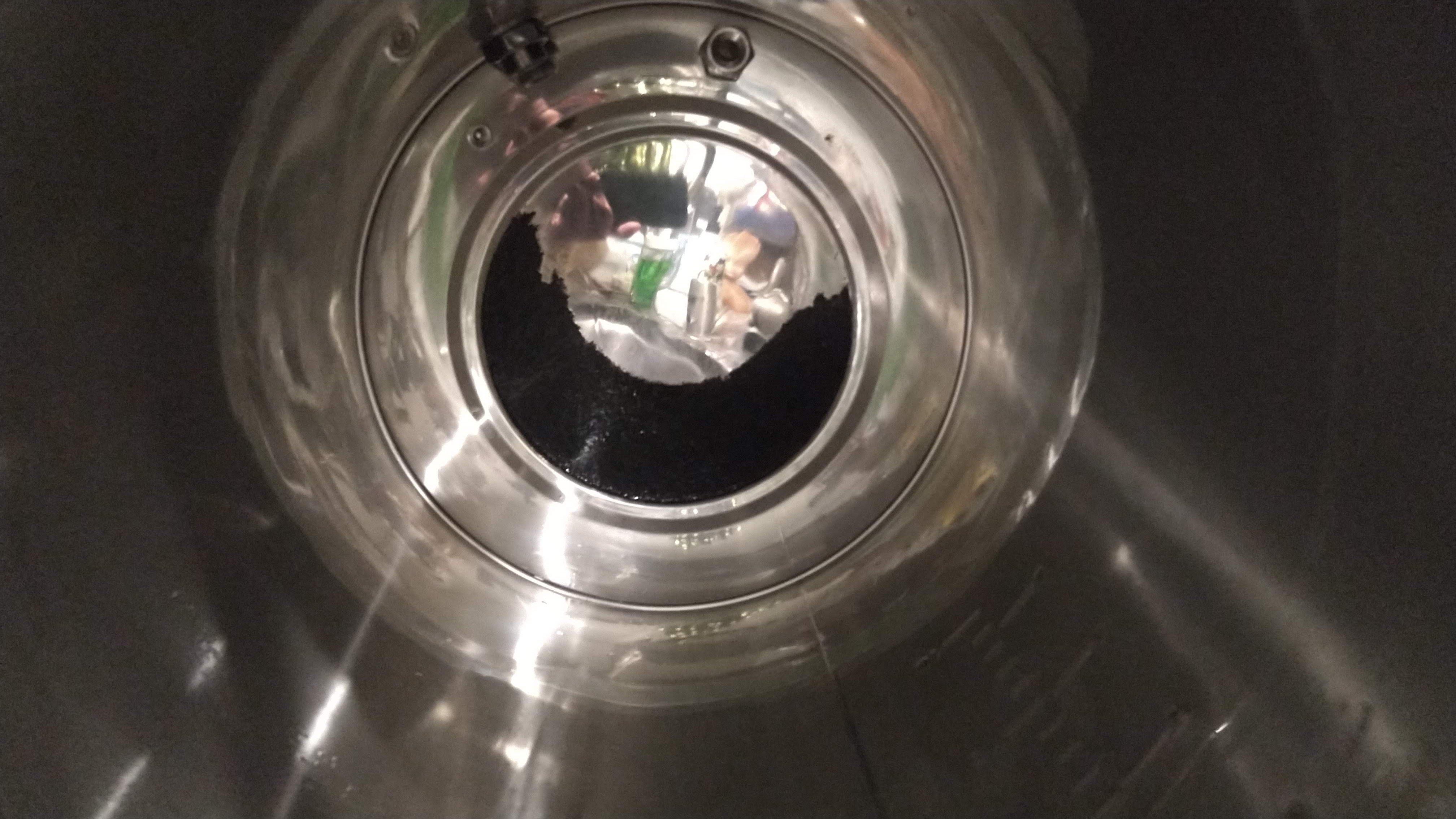- Joined
- Mar 29, 2021
- Messages
- 30
- Reaction score
- 15
Tonight was the night! It was definitely comical! I was all over the place. To review, I have a 65l, a 5Gal cali stout clone, and a Fermzilla. I have a stand up freezer and an inkbird controller. I also downloaded brewfather to load my recipe. This is my first hack a brewing ever. Previously, someone mentioned no sparge for 5Gal with the 65L so this is what I attempted. Added my full water volume. Used “spring” water from Wegmans. Due to my incompetence, my mash temps were very unstable. I set the strike temp about 5F higher than mash temp, but didn’t change the temp before mashing in. I thought the mash temp was high but checked with a digital meat thermometer and the actual temp was almost 10F low for my desired mash temp of 152F.
Pre boil gravity =1.04 (target =1.05)
OH =1.05, ( target = 1.063)
I definitely learned some things. I hope the beer is drinkable. Looking forward to witnessing some activity in the Fermzilla.
Could I have just boiled until I reached target pre-boil gravity and then set timer and added hops?
Any advice on this particular batch of wort?
Also, I don’t have an airlock. I have the spunding valve that comes in the pressure ferment kit. I don’t have a way to set the pressure on it tonight. I do have a Co2 tank that I can fetch tomorrow. My plan is to keep it nearly closed and check tomorrow morning to regulate. I figure, if nothing else there is a prv on the Fermzilla. What say you?
Looking forward to getting better at this! In the mean time, I’ll keep drinking good beer that someone else brewed.
Pre boil gravity =1.04 (target =1.05)
OH =1.05, ( target = 1.063)
I definitely learned some things. I hope the beer is drinkable. Looking forward to witnessing some activity in the Fermzilla.
Could I have just boiled until I reached target pre-boil gravity and then set timer and added hops?
Any advice on this particular batch of wort?
Also, I don’t have an airlock. I have the spunding valve that comes in the pressure ferment kit. I don’t have a way to set the pressure on it tonight. I do have a Co2 tank that I can fetch tomorrow. My plan is to keep it nearly closed and check tomorrow morning to regulate. I figure, if nothing else there is a prv on the Fermzilla. What say you?
Looking forward to getting better at this! In the mean time, I’ll keep drinking good beer that someone else brewed.































![Craft A Brew - Safale S-04 Dry Yeast - Fermentis - English Ale Dry Yeast - For English and American Ales and Hard Apple Ciders - Ingredients for Home Brewing - Beer Making Supplies - [1 Pack]](https://m.media-amazon.com/images/I/41fVGNh6JfL._SL500_.jpg)



























